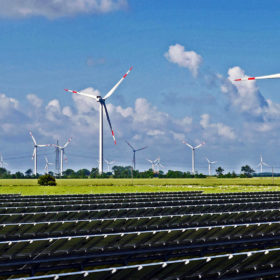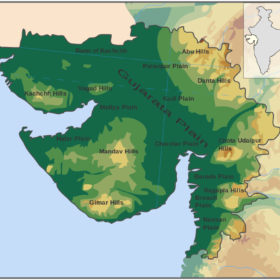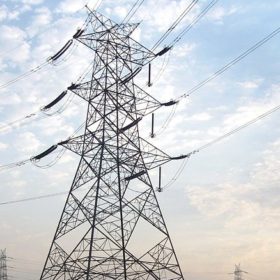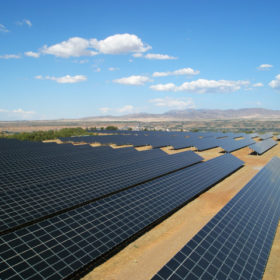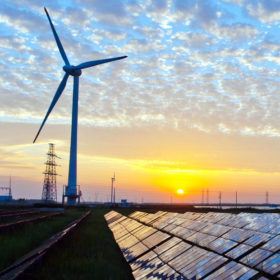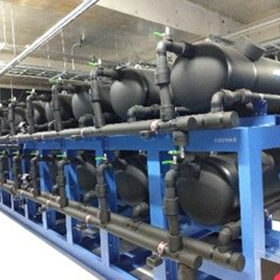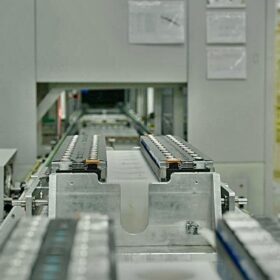TERI, POSOCO partner on grid balancing research
The partnership will lead to enhanced power system modeling backed with rich data-sets to identify interventions for addressing power sector problems like grid instability.
Larsen & Toubro wins 400 MW solar EPC work in Gujarat
The Indian engineering, procurement and construction contractor has secured orders to build two solar plants of 200 MW each in Gujarat. It has also won significant contracts for power transmission and distribution related work in Rajasthan, West Bengal, Tamil Nadu, and Arabian country Qatar.
Global investors bet on India’s renewable energy sector
A new report highlights key investors finding opportunity in India’s US$500-billion renewable energy infrastructure development and various factors driving these investments.
Kalpataru Power Transmission acquires controlling stake in Brazilian EPC firm Fasttel
The Indian multinational has acquired a 51% stake in Brazilian company Fasttel Engenharia Ltd that specializes in engineering, procurement and construction (EPC) of power transmission, substation and distribution services.
ADB to provide $100 million to upgrade power distribution system in Bengaluru
The funds will be used to move about 7,200 km of overhead distribution lines underground. Besides, fibre-optical cables will be installed in parallel to the underground distribution cables to strengthen the communication network for smart metering, distribution automation, etc.
Debunking feeder segregation
Feeder segregation, i.e., the installation of dedicated electricity supply lines for agriculture, is often celebrated as the solution to the electricity utilities’ pain point of free or highly subsidized electricity supply for agriculture. But does it address the root cause of the issue?
Structural factors driving down solar tariffs in India
An analysis by India Ratings and Research (Ind-Ra) says improvements in PV panel designs and costs, lower financing costs, and state-specific sectors such as the location’s solar potential and certain waivers have driven the decline in Indian solar tariffs.
32% growth in electricity subsidies shows that public DISCOMs need reforms
A new report looks at the rising dependence of India’s DISCOMs on electricity subsidies, despite concerted bailout efforts by the central government. It assesses various states’ performance in reining in DISCOMs’ financial losses and enhancing their overall efficiency over the last five years. Building on these findings, the study suggests reforms in the distribution and design of subsidies to increase power companies’ revenues as consumption surges.
Competition in intra-state transmission sector will drive India’s renewable energy progress
The intra-state transmission infrastructure is the weakest link in the grid. The introduction of competition from private players can help drive down construction costs and promote timely completion of projects, assisting the absorption of low-cost, domestic renewable energy generation.
IEX launches new contracts to enable renewable energy trade on the same day and up to 11 days ahead
The two newly introduced green contracts, daily and weekly, are in addition to already operational intra-day and day-ahead contingency contracts in the green market.
